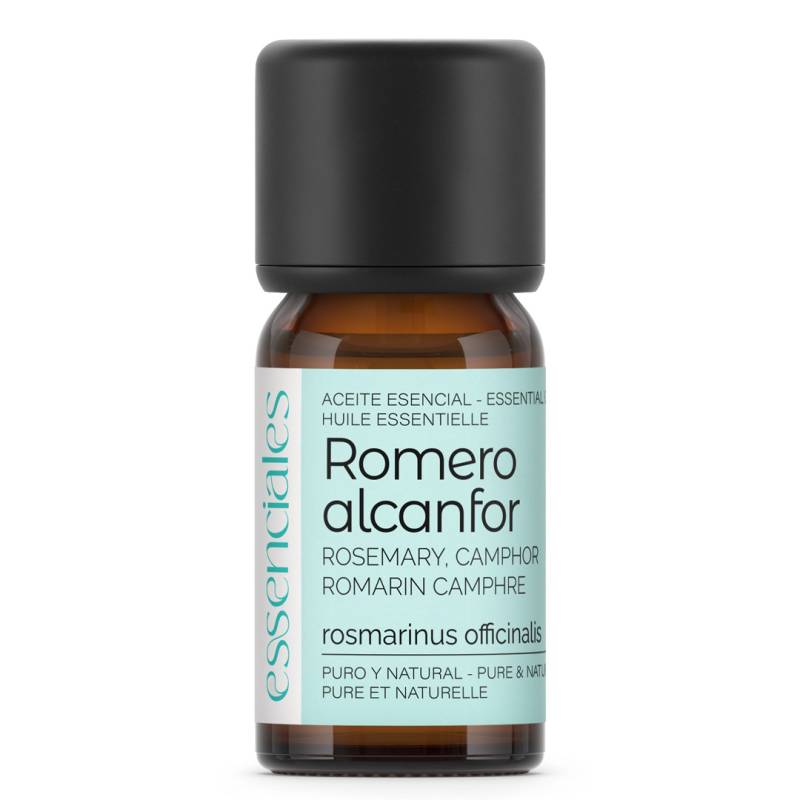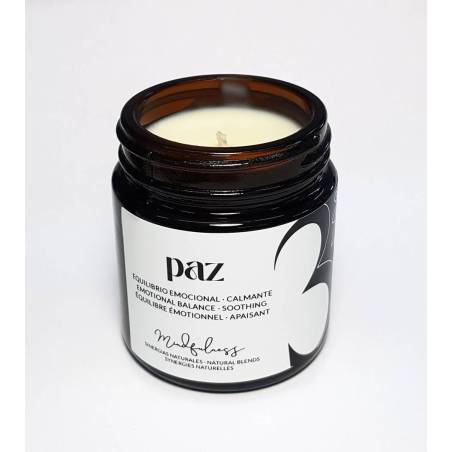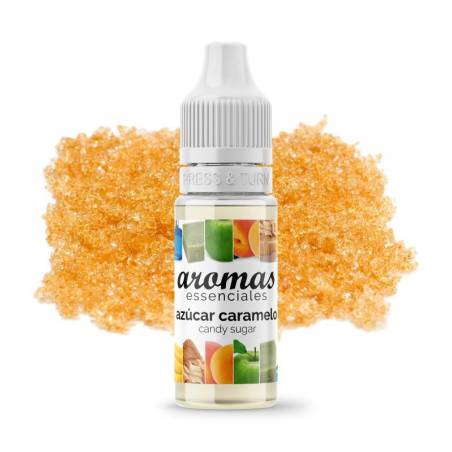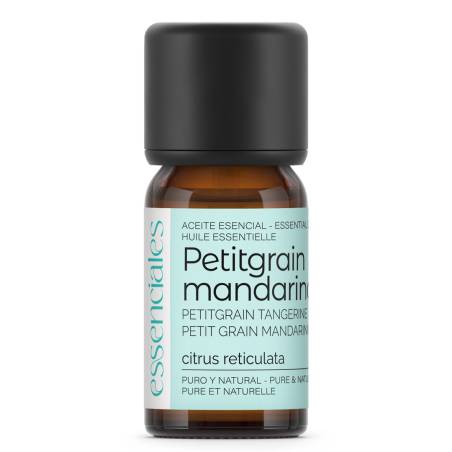Rosemary is a plant native to the Mediterranean, with the scientific name "Rosmarinus," meaning "aromatic shrub." It has been used since ancient times for culinary purposes. Rosemary Essential Oil has been cherished for its healing qualities since Egyptian times. Later, Greeks and Romans used the plant for similar purposes and crafted crowns for religious rituals. The plant is a highly aromatic, evergreen shrub that can grow up to 2 meters tall, with silvery-green leaves and pale blue flowers. The essential oil is a pale yellow liquid with a strong, spicy aroma.
Properties of Camphor Rosemary Essential Oil
Anti-rheumatic: Relieves symptoms of rheumatism and arthritis.
Pain-relieving: Eases aches, especially muscular ones.
Antiseptic and fungicidal: Helps eliminate harmful bacteria and fungi.
Immune-stimulant: Boosts the immune system.
Antispasmodic: Helps reduce involuntary bodily movements.
Decongestant and expectorant: Clears the respiratory pathways.
Nerve tonic: Enhances the health of the nervous system.
Cardiac, muscular, and circulatory tonic: Strengthens the circulatory system.
Practical Uses and Applications of Camphor Rosemary Essential Oil
The essential oil has been traditionally used to assist with the following:
Musculoskeletal system: Muscle pain, arteriosclerosis, fluid retention, gout, palpitations, rheumatism, and poor circulation.
Respiratory system: Alleviates congestion, asthma, whooping cough, and bronchitis.
Immune system: Colds, flu, and infections.
Nervous system: Headaches, weakness, low blood pressure, mental fatigue, nervous exhaustion, stress-related ailments.
Recipes with Camphor Rosemary Essential Oil
FOR MASSAGE
- To relax and release muscle tension (cramps and muscle congestion): Mix 3 drops of Camphor Rosemary with 3 drops of Wintergreen and 3 drops of Lavender in a tablespoon of hemp oil. Apply to muscles.
- To prepare muscles before intense physical activity: Mix 3 drops of Camphor Rosemary and 1 drop of Black Pepper in a tablespoon of almond, hemp, or hazelnut oil. Apply to muscle groups 20 minutes before exercise.
- For joint pain (arthritis or rheumatism): Blend 2 drops of Camphor Rosemary with 2 drops of Ginger, 2 drops of Juniper berry, and 1 drop of Black Pepper in a tablespoon of hemp or St. John's Wort oil, and apply to affected joints before bed.
OTHER USES
- Foot bath for gout relief: Add 3 drops of Camphor Rosemary and 3 drops of Wintergreen to a bowl of hot water with 3 tablespoons of sea salt. Soak your feet for 15 minutes.
DIY Cosmetic Recipes with Camphor Rosemary Essential Oil
1. Revitalizing Shampoo for Oily Hair
- 200 ml neutral shampoo
- 10 drops of Camphor Rosemary essential oil
- 5 drops of Tea Tree essential oil
- 5 drops of Lemon essential oil
- In a bottle, mix the neutral shampoo with the essential oils.
- Shake well to blend the ingredients.
- Use this shampoo 2-3 times a week to control sebum production, strengthen the scalp, and revitalize hair.
2. Toning Body Cream
- 50 g shea butter
- 30 ml sweet almond oil
- 10 drops of Camphor Rosemary essential oil
- 5 drops of Ginger essential oil
- Melt the shea butter in a double boiler and mix with almond oil.
- Add the essential oils.
- Pour into a jar and let it cool.
- Apply to desired areas to tone and improve circulation, perfect after a morning shower for an energy boost.
3. Stimulating Body Scrub
- 100 g fine sea salt
- 50 g coconut oil
- 10 drops of Camphor Rosemary essential oil
- 5 drops of Peppermint essential oil
- Mix sea salt with melted coconut oil.
- Add essential oils and blend well.
- Use in the shower, applying to wet skin in circular motions to stimulate circulation, tone the skin, and remove dead skin cells.
Homemade Remedies with Camphor Rosemary Essential Oil
1. Muscle Pain Massage
- 30 ml sweet almond oil
- 10 drops of Camphor Rosemary essential oil
- 5 drops of Eucalyptus essential oil
- Mix the oils in a dark bottle.
- Massage affected areas, such as the neck, shoulders, or legs, to relieve tension and improve circulation.
2. Inhalation for Nasal Congestion
- 1 liter of boiling water
- 5 drops of Camphor Rosemary essential oil
- 3 drops of Peppermint essential oil
- Pour boiling water into a bowl.
- Add essential oils and cover your head with a towel, leaning over the bowl.
- Inhale the steam for 5-10 minutes to clear nasal passages and improve breathing.
3. Relaxing Bath for Circulation
- 1 cup of Epsom salts
- 10 drops of Camphor Rosemary essential oil
- 5 drops of Cypress essential oil
- Fill the bathtub with warm water and add Epsom salts and essential oils.
- Stir the water to dissolve the ingredients.
- Soak for 20 minutes to improve circulation, relax muscles, and relieve tension.
Camphor Rosemary Essential Oil Pairs Well With:
- Lavender
- Ginger
- Atlas Cedar
- Lemon Eucalyptus
- Wintergreen
- Black Pepper
- Almond
- Grapeseed
- St. John's Wort
- Macadamia
Recommended Dilutions for Camphor Rosemary Essential Oil
Always use essential oil diluted and avoid sensitive areas (mucous membranes, eyes, etc.)
Maximum generic dilution for topical use in adults: 2%
Maximum generic dilution for topical use in children: 0.25%
Avoid use in children under 12.
Essential oils are highly concentrated and must be diluted for most uses. Use our dilution chart for more detailed information:
ESSENTIAL OILS DILUTION GENERAL GUIDE
Aromatherapist Notes
|
“Knowing essential oils well gives us a huge advantage when it comes to achieving great results. Camphor Rosemary is the perfect example—its differences from other types of rosemary make it an ideal essential oil for athletes and those suffering from muscle or joint pain. A must-have for them.”
Luís Rodero, Aromatherapy Expert
|
Identification
Botanical Name: Rosmarinus officinalis L., Lamiaceae
Origin: Spain
Extraction Method: Steam distillation
Distilled Part: Stems, leaves, and flowers
INCI: Rosmarinus officinalis Leaf Oil
Safety
- Avoid use during pregnancy.
- Avoid use in epilepsy cases.
- Not recommended for people with high blood pressure.
- Keep out of reach of children.
Allergens naturally present in this essential oil:
Limonene < 5.5% Linalool < 1% Citral < 0.1% Geraniol < 0.05% Citronellol < 0.05% Eugenol < 0.03%
Essential Oil Preservation
Proper storage is essential to prevent oxidation or contamination of essential oils. Check out our guide:
Storage of Essential Oils
Important
The information provided by Essenciales is based on popular sources and is for educational purposes only. It does not intend to diagnose, treat, cure, or prevent any disease. The International Federation of Aromatherapists does not recommend ingesting essential oils unless supervised by a qualified professional in aromatherapy and clinical phytotherapy. Always dilute essential oils properly. If you are pregnant, have epilepsy, liver failure, or any health condition, use essential oils only under medical advice. Never use essential oils on children without professional guidance.
Never ignore professional medical advice.
Essenciales does not provide medical advice or engage in the practice of medicine.
































